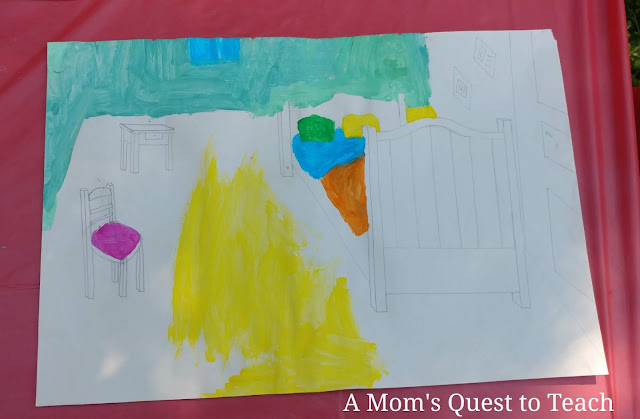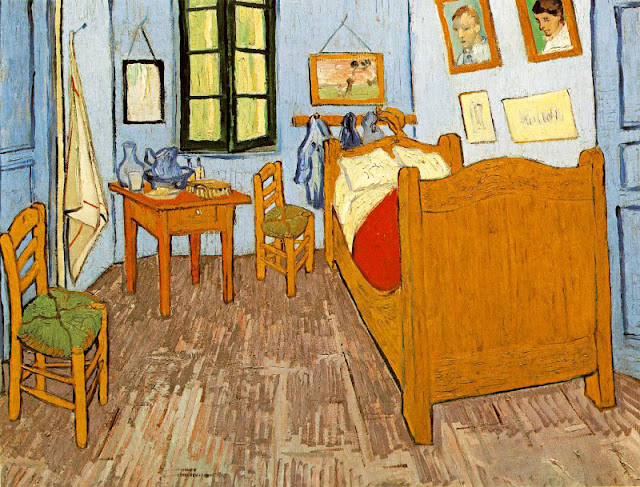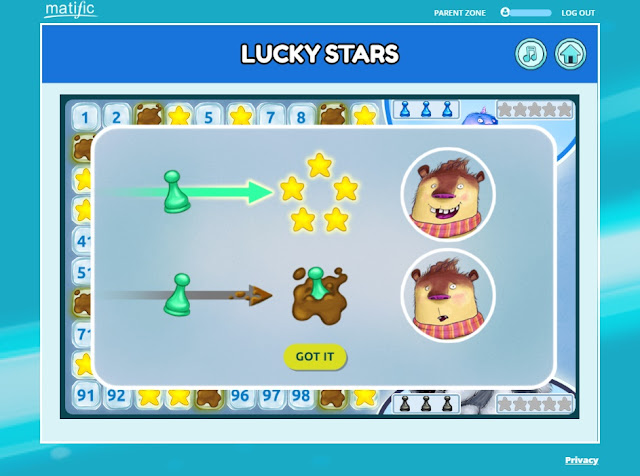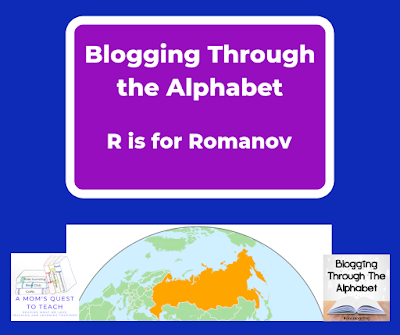This post contains affiliate links. For more information, please see my Terms of Use and Disclosure Policy page. Thank you.
Ever since the British television series Shackleton (2001) aired, I became fascinated with learning more about Ernest Shackleton and his expeditions to Antarctica. The film followed the 1914 expedition on the ship Endurance with Kenneth Branagh cast as Shackleton. It was based upon the first-hand accounts of the men on the expedition and (you may remember) I love the use of primary sources.
The Greatest Leader
Shackleton has been described as the greatest leader by Jameson Boyd Adams, who was part of the first expedition to reach the South Pole. Shackleton was a man who exhibited a number of great qualities of a great leader: patience, practicality, a man of vision, he listened to his men, he involved them in the decision making, he kept his men busy during times of waiting, he was a hands-on leader of his men. He was a man who spoke of the expeditions in terms of "we" and not "I."
Brief Background
The man who would go on four Antarctic Expeditions was born February 15, 1874 (the same year as Winston Churchill) in County Kildare, Ireland. He was the second-oldest of ten children with one brother and eight sisters. Even though his father wished him to follow in his footsteps and become a doctor, Shackleton joined the merchant navy when he was 16. By the time he was 20, he had sailed around the Cape Horn five times. He would sail to China, Japan, Cape Town, and on the Mediterranean Sea which allowed him to return home to his sisters with amazing stories.
First Expedition
At the age of 27, Shackleton accompanied Robert Falcon Scott to Antarctica. He was one of three men – Scott, Shackleton, and Dr. Edward Wilson – who would attempt to reach the South Pole. The men did not make it, even though they got farther than any other men before them, and had to turn back. Shackleton would return home as an invalid which was an embarrassment to him.
Nimrod Expedition
In 1907, Shackleton ventured forth on the British Antarctic Expedition (which would become known as the Nimrod Expedition after the ship). They set forth from New Zealand and traveled through the Ross Sea, the Ross Ice Shelf, and as far as 88° 23' S, 162° E on January 9, 1909. His men would reach the summit of Mount Erebus and the South Magnetic Pole.
Endurance Expedition
The dowager Queen Alexandra visited the Endurance in mid-July and presented Shackleton with a Union Jack and two Bibles. In each Bible, she inscribed verses from the Book of Job and: "For the Crew of the Endurance from Alexandra, May 31, 1914. May the Lord help you to do your duty & guide you through all dangers by land and sea. May you see the Works of the Lord & all His wonders in the Deep."
Before Shackleton and the Endurance set sail, Germany declared war on France. What should Shackleton do? Should he continue his voyage? King George V told him to 'go south.' The Endurance set sail without Shackleton as he stayed behind to finalize financial arrangements. He would rejoin the Endurance in Buenos Aires. On December 5, 1914, they set sail from the southernmost part of the British Empire, South Georgia. They had been waiting to hear news of the war and for the packed ice to clear but they couldn't wait any longer. (Two hours after the Endurance sailed, the mail arrived with news of World War I and millions of soldiers fighting and dying in trenches through Europe.)
Just three days after leaving South Georgia, the Endurance hit packed ice. Under open sea, they managed to average 200 miles per day but in the heavy ice, they only moved about 30 miles per day. They were facing a very "dense pack of a very obstinate character," Shackleton reflected. After the New Year, the Endurance was running in circles looking for a way forward. On January 12, they were able to make landfall on Antarctica proper but this would the last time the Endurance landed on the continent.
After traveling over 15,000 miles, the Endurance was icebound. The men stayed with the ship until it began being attacked by the ice itself. Ice quakes were rumbling in late July and the ship was being beat apart. Winds and ice quakes would lift and rock the ship and move her about 37 miles from her first frozen location. Shackleton had emergency rations stowed on three lifeboats and the men removed prized possessions and waited. It wasn't until October 27, 1915, that they finally said goodbye to the ship. They set up camp on the ice.
The men readied themselves to move across the ice. Each man would only be allowed to take two pounds with him of personal gear. To push home this point, Shackleton took the Bible presented to them by Queen Alexandra and removed the inscription, Psalm 23, and a page from the Book of Job and left the Bible behind. From late November 1915 to April 1916, the men moved across the ice and finally reached land – Elephant Island. After 137 days, Shackleton returned to Elephant Island with a rescue ship on August 30, 1916.
 |
| image by Angie Agostino from Pixabay on June 28 2019 |
Lecture Circuit and One Final Expedition
After his amazing journey on the Endurance, Shackleton toured, giving speeches and talks about the journey – sometimes to as many as 10,000 people. On September 24, 1921, he set forth on his final expedition. It is believed that he suffered a heart attack in Rio de Janeiro but he pressed forward, set sail, and arrived on South Georgia Island on January 4, 1922. While aboard the Quest, Shackleton suffered a fatal heart attack on January 5. He was buried on South Georgia Island. Eventually the ashes of Frank Wild, who had been his right-hand man on several expeditions including that of the Endurance expedition, were interred next to Shackleton.
Would you like to join up?
- Amanda @ Hopkins Homeschool
- Kirsten @ DoodleMom Homeschool
- Jennifer @ A Peace of Mind
- Kimberley @ Vintage Blue Suitcase
- Christine @ Lifes's Special Necessities
- Yvonne @ The Life We Build
- Dawn @ Schoolin' Swag
- Wendy @ Life on Chickadee Lane
- Lori @ At Home: where life happens
- Kristen @ A Mom's Quest to Teach
























































